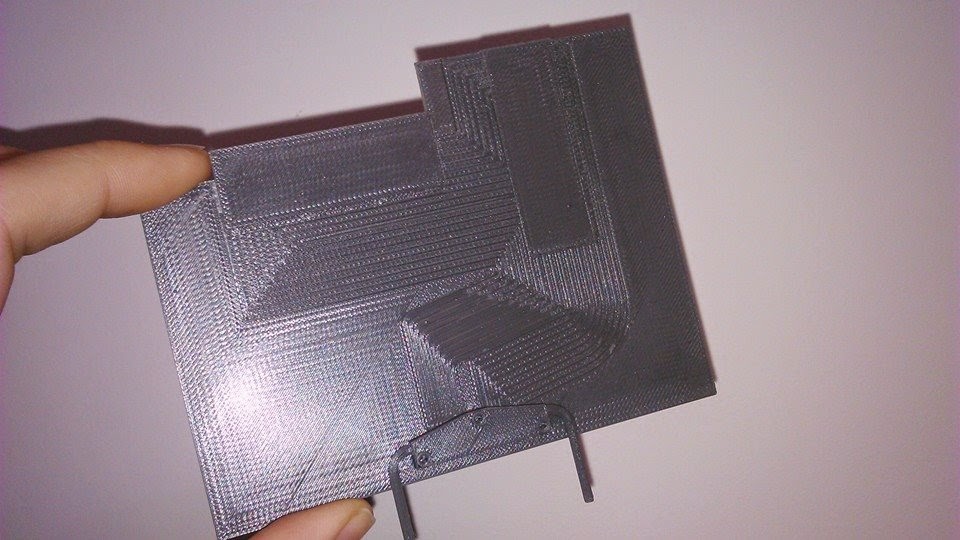On Wednesday 29th October, we featured an event organised by the Hyperacute Stroke Research Centre, the Stroke Association and the University of Manchester to celebrate World Stroke Day at Salford Royal.
More
than 100 stroke survivors, carers, clinicians and scientists came together
to see presentations by Dame Nancy Rothwell, a stroke scientist and President
of the University of Manchester, Salford Royal Chief Executive Sir David Dalton
and Dr Jane Molloy, who leads stroke services at the Salford Royal Foundation Trust.
Audience
members were able to tour a series of hands-on exhibits about stroke treatment
and research, find out how clot-busting treatment is given, how weakened blood
vessels are treated after subarachnoid haemorrhage, and learn more about new
research studies, including stem cell treatments, new medicines for stroke and
hear about new ways of helping people get better after a stroke.
Professor
Pippa Tyrrell, who has been a stroke doctor at Salford Royal for 20 years,
said: “The audience was moved to tears by the testimony of a stroke survivor
called Mary, who told us the moving story of her stroke and read a poem she had
written as part of a poetry workshop organised by the Stroke Association. We
also heard from Kath, a carer, who described the devastating effect of her
husband’s stroke on her young children, and their bravery in coping with it.
“The
Salford Royal stroke team work very closely with their research colleagues and
the Stroke Association so it was wonderful to have a day when we could all meet
with stroke survivors and their carers to raise awareness of the importance of
stroke and new research into its treatment, and to celebrate the amazing work
of the Stroke Association in working with stroke survivors to give them life after
stroke.”
The
event was brought to a close with an uplifting performance by the Stroke Choir,
which is made up of members who are stroke survivors, carers, volunteers and
people who work with the Stroke Association.
You can read another post by Dr Lloyd Gregory, Manchester Academic Health Science Centre Associate Director of Research here.







.JPG)





